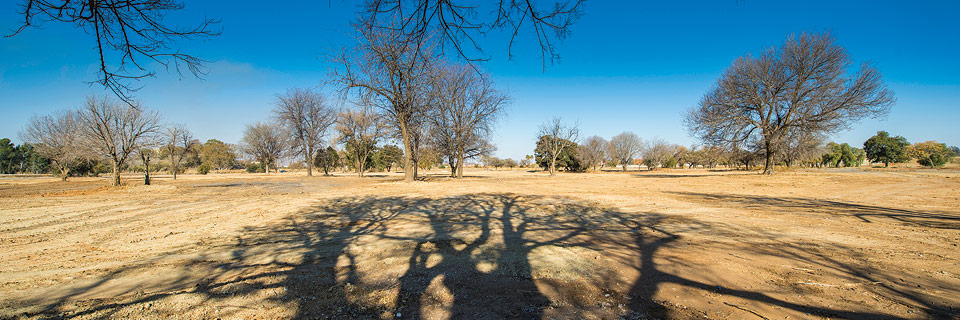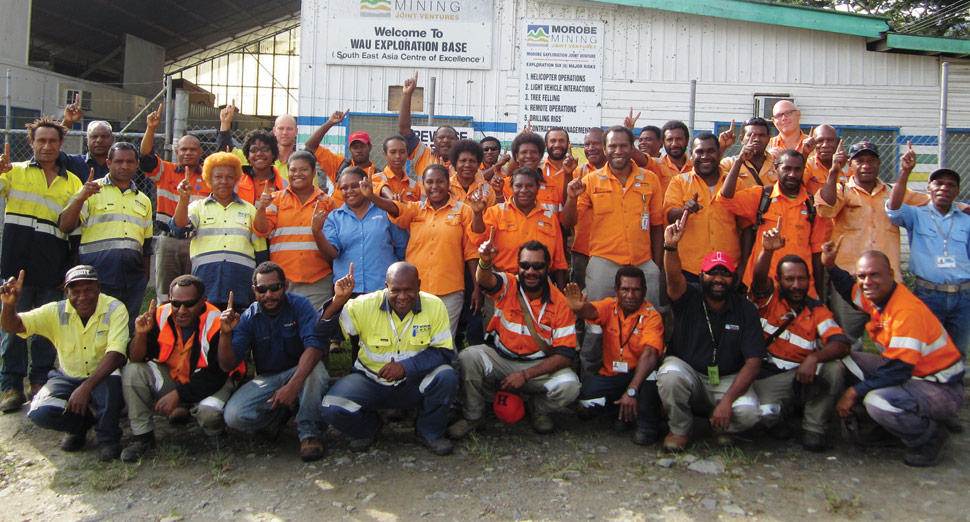CLIMATE CHANGE AND greenhouse gas EMISSIONS
Harmony’s total emissions (scope 1 and 2) in FY14 were 2 819 762t CO2e (FY13: 2 742 440t CO2e) with a corresponding intensity of 0.15t CO2e/ton milled (FY13: 0.15t CO2e/ton milled.) Indirect emissions, stemming largely from electricity purchased from Eskom, accounted for 97% of emissions.
In FY14, we increased our carbon emissions by 2.8% as a consequence of a full-year operation at Kusasulethu as compared to a decreased of 8.1% in FY13..
GROUP CARBON EMISSIONS
| FY14 | FY13 | |
|---|---|---|
| Diesel | 71 728 | 90 951 |
| Explosives | 2 079 | 2 026 |
| Petrol | 950 | 1 337 |
| Total scope 1 | 74 757 | 94 314 |
| FY14 | FY13 | |
|---|---|---|
| Diesel | 96 | 96 |
| Explosives | 3 | 3 |
| Petrol | 1 | 1 |
| Total scope 1 | 100 | 100 |
| FY14 | FY13 | |
|---|---|---|
| Scope 1 | 74 757 | 94 314 |
| Scope 2 | 2 745 005 | 2 648 126 |
| Scope 3 | 661 515 | 616 978 |
| Total | 3 481 277 | 3 359 418 |
| FY14 | FY13 | |
|---|---|---|
| Scope 1 | 2 | 3 |
| Scope 2 | 80 | 79 |
| Scope 3 | 18 | 18 |
| Total | 100 | 100 |
- * FY13 figures have been revised due to the alignment with Harmony's financial year-end as well as a restatement of the scope 3 emission figure as a result of an anomaly picked up during the assurance process
CARBON EMISSIONS INTENSITY
While total carbon emissions increased by 2.8% in FY14; our emission intensity remained steady at 0.15t CO2e / tonne milled.
| FY14 | FY13 | |
|---|---|---|
| Diesel | 0.0038 | 0.0051 |
| Explosives | 0.0001 | 0.0002 |
| Petrol | 0.0001 | 0.0001 |
| FY14 | FY13 | |
|---|---|---|
| Scope 1 | 0.0040 | 0.0051 |
| Scope 2 | 0.1458 | 0.1441 |
| Scope 3 | 0.0332 | 0.0336 |
| Total | 0.1830 | 0.1828 |
CARBON-RELATED LEGISLATION
Following the release for public comment in FY13 of a policy paper on South Africa’s proposed carbon tax, Harmony raised concerns about the potential impacts of this tax on the gold industry’s competitiveness. Harmony’s view was that the proposed method of taxation posed a significant risk to the business as the company would be unable to benefit from any tax relief given to the largest contributor (Eskom) to our carbon footprint. Eskom, as the source of the pollution, may apply for offset credits but Harmony, as the consumer, may be faced with the tax as a pass through from Eskom but would not be able to claim the credits or offsets for scope 2 emissions.
ENGAGEMENT WITH SUPPLIERS ON THEIR ENVIRONMENTAL IMPACTS
Harmony has an average annual supply chain spend of close to R1.5 billion and our business continuity is heavily dependent on the timely arrival of goods and services purchased. We manage our supply chain risk by engaging continually with our top fifty suppliers regarding their greenhouse gas emissions and climate change strategies. In FY14 specifically, for the first time we encouraged our timber supplier to calculate their product carbon footprint. This was done and the findings shared with us.
While environmental management and compliance with various environmental legislation and regulations, among others, have been included in the general conditions of contract for our suppliers, no such screening of suppliers has yet been conducted. Should any suppliers be found to have contravened the legal requirements specified or to be non-complaint, we would suspend our contract with them. To date, there have been no such suspensions; nor have there been any reports of grievances against suppliers regarding adverse impacts on the environment.
Engaging with our suppliers on greenhouse gas emissions is a key component of our overall sustainability goals. While the company already has an environmental clause in its existing supplier contracts, we will be including a more specific greenhouse gas -related clause in future supplier contracts. This clause will state that all suppliers must agree to introduce a greenhouse gas reporting system for the products we purchase and to send information of their carbon footprint to Harmony each year. Working with suppliers to improve their greenhouse gas performances will help to reduce our Scope 3 emissions over time.
We are engaging with top suppliers on greenhouse gas emissions to reduce climate change risks across the value chain. Supply chain has made great strides in managing its own footprint and through its initiatives has managed to reduce its footprint by reducing the fuel consumed by our supply chain by approximately 40% against historical levels of consumption.
In addition, Harmony is managing the risk of having only one polyfuel supplier by investigating the potential of producing renewable energy in the form of biogas. The feedstock for this biogas will be energy crops (biocrops) planted on Harmony-owned impacted land. These management methods and specific activities carried out in this reporting year put Harmony in a good place to manage the risk from the supply chain. The biogas project forms part of our risk management strategy to reduce our energy consumption and our dependency on energy generated by non-renewable sources. A contract has also been signed with an additional supplier (Sasol).
Through Harmony’s participation in the South African National Treasury’s working group and Chamber of Mines' initiatives, we have proposed that companies should be eligible for tax relief on both scope 1 and scope 2 emissions. We submitted written commentary in this regard. Our recommendation was that the carbon tax should be made a deductible cost for corporate income taxes and that levels of support for early mover status (ie incentives for compliance versus penalties) are raised in line with global practice.
The South African government’s initial plan to implement a carbon tax from 2015 has now been delayed to 2016. Following extensive public consultation on the proposed tax in 2013, several adjustments to the policy proposal are expected, including the use of part of the revenue generated by the carbon tax to fund energy efficiency tax incentive schemes.
A Climate Change Office was established in Papua New Guinea in 2010 but is a small and under-resourced government office. In FY13, the Papua New Guinea government called for comment on its proposed climate change policy, which remains under review. The Climate Change Office requested assistance from the Mineral Resources Authority in 2013 to help it develop a greenhouse gas data collection process/format for Papua New Guinea but government is reluctant to spend money on infrastructure and resources for monitoring greenhouse gas emissions given the insignificant level of emissions and limited availability of appropriate manpower resources in Papua New Guinea.
In FY14, Papua New Guinea became a member of the Global Green Growth Institute, which is aimed at providing support and funding for capacity-building, research and related programmes. This institute is an interdisciplinary, multi-stakeholder organisation, driven by the needs of emerging and developing countries. Its aim is to maximise the opportunity for country- and business-led progress on climate change and other environmental challenges within core economic policy and business strategies.
CARBON REPORTING
Just prior to year-end, we submitted our eighth annual response to the Carbon Disclosure Project. Results from our previous submission were released in November 2013 indicated that we had successively improved, both our reporting on and our performance regarding carbon emissions. We were one of eight companies – and the only gold mining company – in the A performance band of the Johannesburg Stock Exchange 100 Climate Performance Leadership Index and we were among the top 11 companies in the Johannesburg Stock Exchange 100 Climate Disclosure Leadership Index.



